Seek Thermal - Android Infrared Camera Review
by Ganesh T S on May 1, 2015 8:30 AM EST- Posted in
- Gadgets
- Thermal Imaging
- Seek Thermal
Sample Thermal Images
A number of comments have come in with requests for thermal image samples taken by the Seek Thermal camera in day-to-day circumstances. A few cases are provided below. It can be seen that the temperature is not very accurate - for example, the temperature of a component in the refrigerator is reported as -13 C, when the compartment is set to be at 0 C. Also, the skin temperature is reported to be around 32 C, when it is obviously around 37 C (updated: see comments section).
Boiling Water in a Stainless Steel Vessel
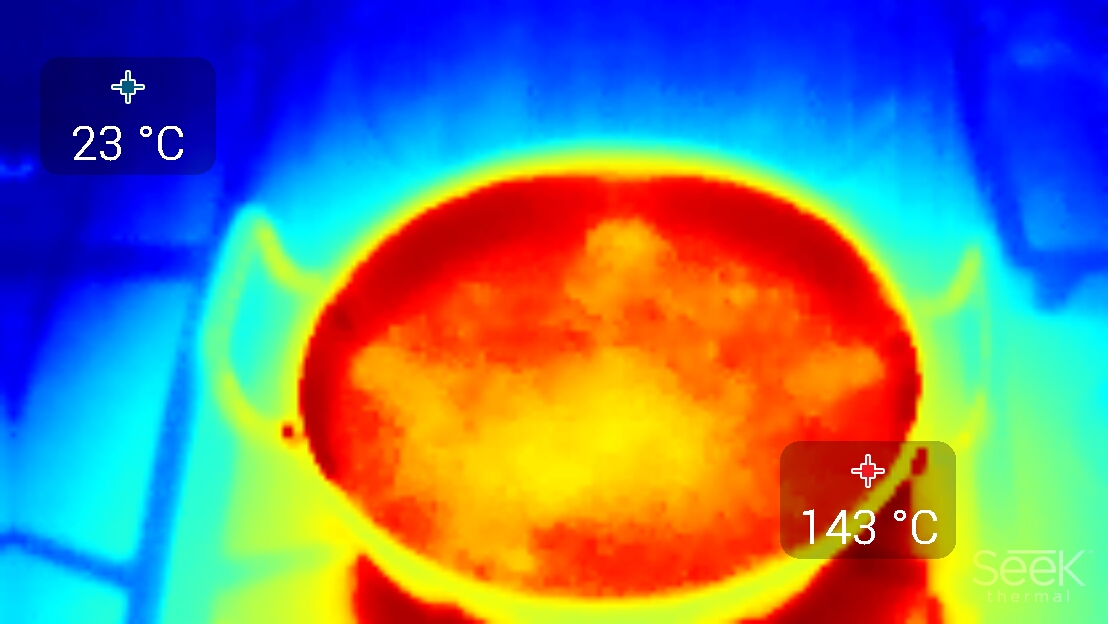
Refrigerator Freeze Compartment
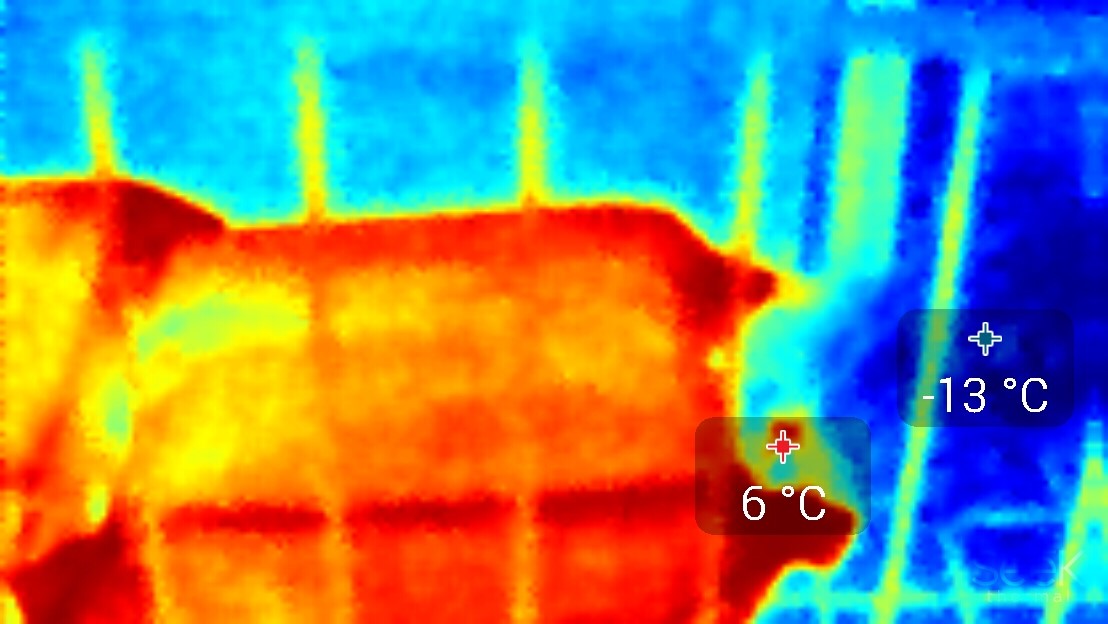
Child
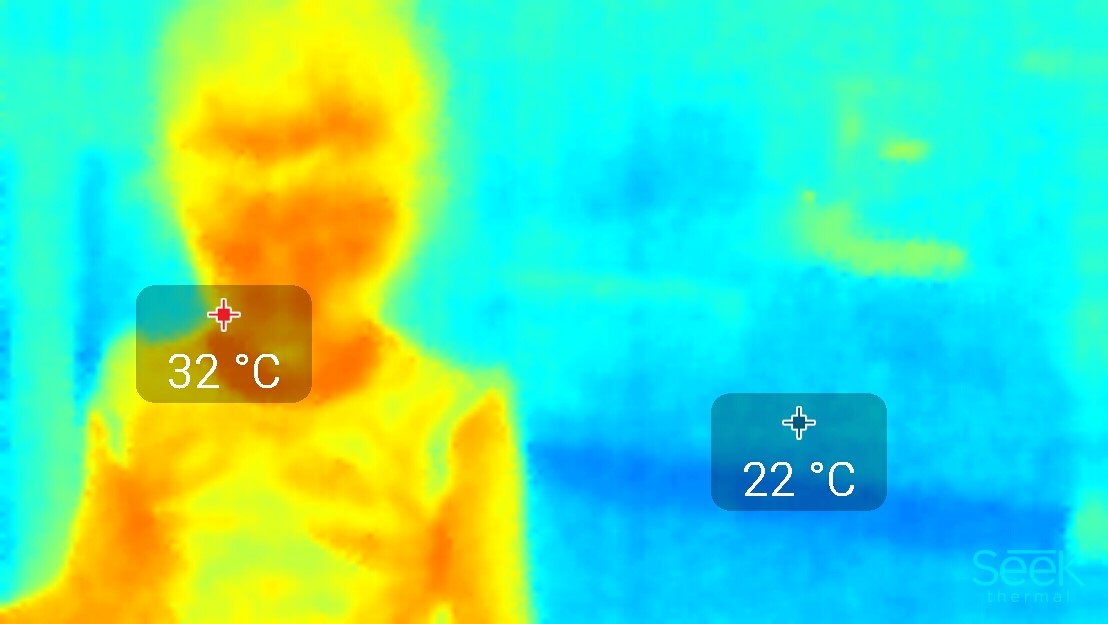
Lab with IT Equipment
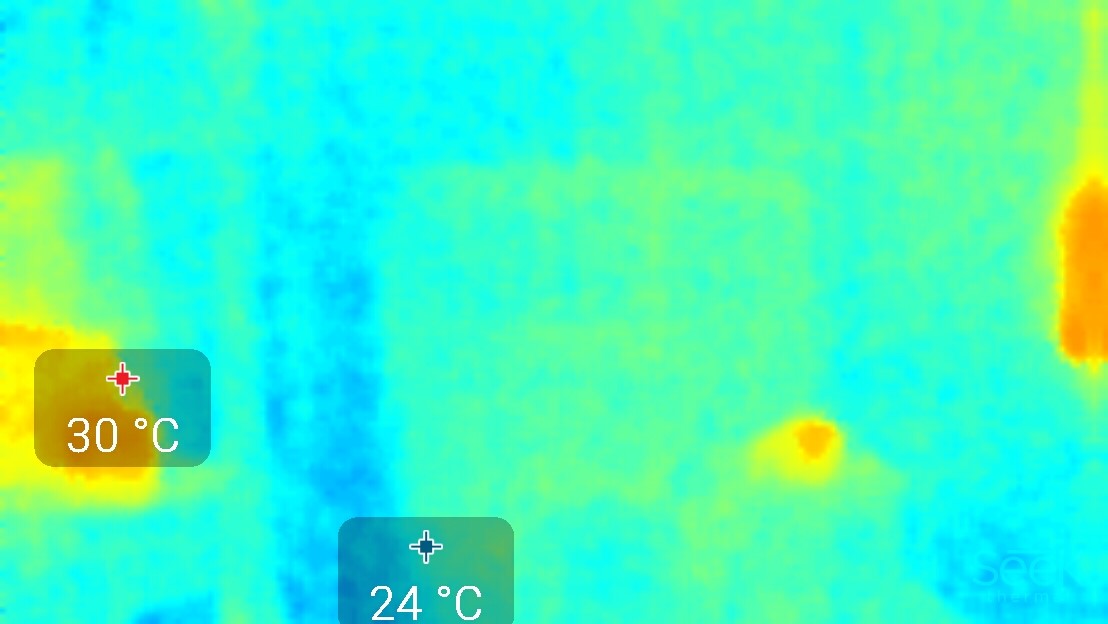
Faucet with Running Water
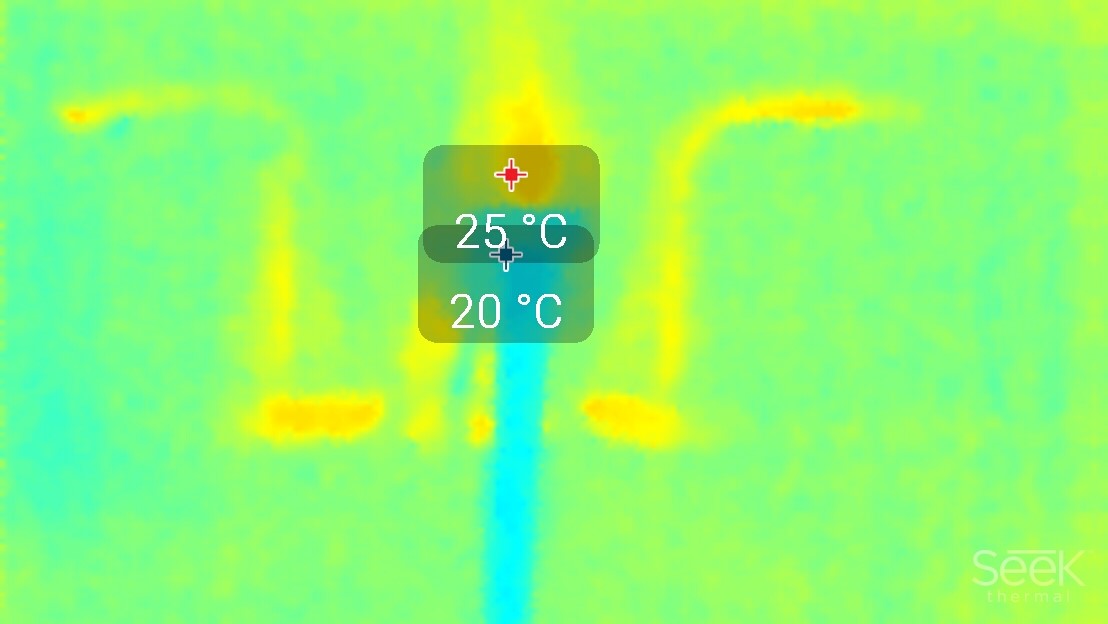










57 Comments
View All Comments
pulse - Sunday, May 3, 2015 - link
"The pixel array in the microbolometer is usually encapsulated in a vacuum to increase the life of the device." this statement is half correct. Actually array has to be encapsulated in a vacuum or else the air will conduct heat and will prevent system to work as an imager. When you keep the sensor area under vacuum and connect it to read out circuit with very thin electrical connections you remove the conductive heat and let the sensor area heat up just with the radiative heat; hence the termal imager... It has nothing to do with longevity of the device. And also vanadium oxide is usually called as VOx in the industry instead of VO as many oxides of vanadium is showing thermal phase transition which is the physical basis of the system.pureengineering - Monday, May 11, 2015 - link
anyone interested is messing around with a thermal sensor should checkout the flir lepton sensor.http://www.pureengineering.com/projects/lepton
in my unboxing I compare the seek vs the flir. and the flir comes out on top in terms of noise and image quality. http://www.pureengineering.com/blog/seekthermalcam...
aritai - Saturday, May 16, 2015 - link
Someone should do the bench work comparing a range of cell-phone cameras after removing the IR filter (embedded in the covers) for each camera. And see just how well they do even with glass lenses. Especially in very dark (and cold) settings. I think we'll be surprised. I suspect purpose built cameras are needed only when there's a need to derive an actual temperature (not relative temp).Wwhat - Wednesday, May 20, 2015 - link
Look at replies to a few other comments here that confuse the two ranges of what we call IR.Or check wikipedia.
To be short: the IR of normal camera sensors don't see radiated heat like thermo cameras do, it's a different frequency range.
A list of related frequencies: https://en.wikipedia.org/wiki/Infrared#Commonly_us...
thermalEntusiast - Sunday, May 31, 2015 - link
can we buy this item if we live in asia? i thought this item is non exportableBeoir - Saturday, June 20, 2015 - link
Ahhhhh. Anyone happen to remember that the older cheaper Cameras used for photography can also see in the NIR?I've an old 3 MP camera that would probably do a better job. I'll sell it to you for 5 bucks.
FrancoB - Monday, August 31, 2015 - link
nice gadget, for professional use i would probably look for one of the other devices available out there. like this one :https://www.youtube.com/watch?v=nEImRa_zX-M